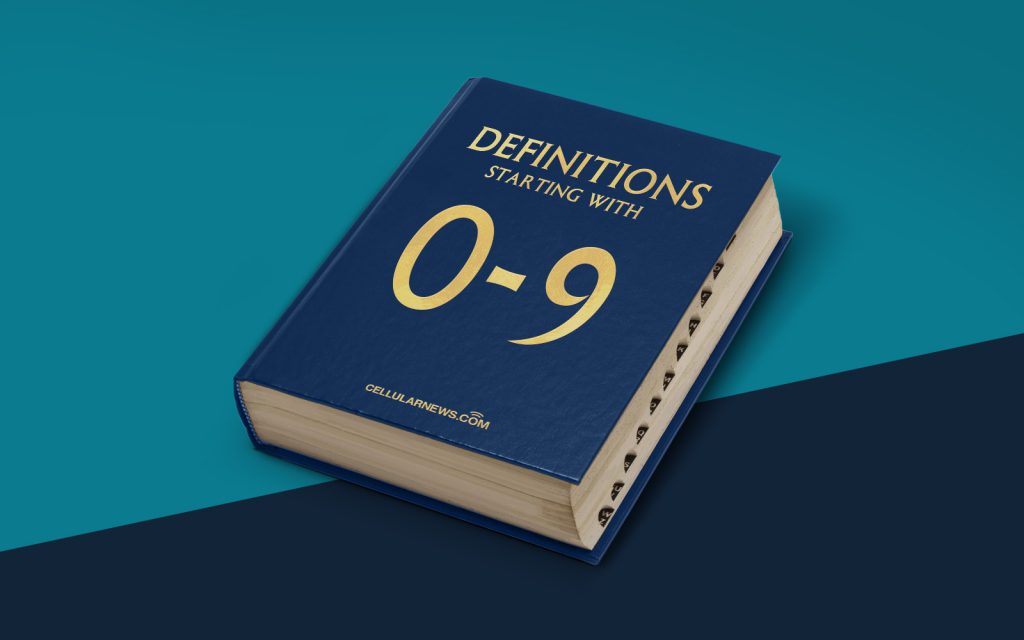
Understanding 8-Bit Unicode Transformation Format (UTF-8)
Have you ever wondered how computers store and process text in different languages? Although the concept of encoding might sound complicated, it plays a crucial role in enabling the seamless display of characters from various scripts and languages. In this article, we will demystify one of the most widely used character encoding formats called 8-Bit Unicode Transformation Format, or UTF-8 for short.
Key Takeaways
- UTF-8 is a widely used character encoding format for representing Unicode characters.
- It uses 8-bit code units, which allows it to be compatible with the ASCII character set.
What is 8-Bit Unicode Transformation Format (UTF-8)?
Let’s start with the basics. UTF-8 is a variable-width character encoding scheme that can represent the entire Unicode character set. Unicode is a standard that assigns unique numeric codes to represent every character used in writing systems across different languages and scripts.
So, why is UTF-8 important? Well, in order to efficiently store and process these unique characters, a character encoding format is required. UTF-8 is one such format that enables computers to handle a vast array of languages and ensure that text is accurately displayed regardless of its origin.
Here are some key points about UTF-8:
- UTF-8 is backward compatible with ASCII, the most common character encoding scheme used in the English language and many other Western languages. This means that ASCII characters can be represented using a single 8-bit code unit in UTF-8.
- If a character falls outside the ASCII range, UTF-8 employs a variable-width encoding scheme. This means that the number of bytes required to represent a character can vary depending on its Unicode code point. Characters that are part of the Basic Multilingual Plane (BMP) are represented using a single 8-bit code unit, while characters outside the BMP require two or more 8-bit code units.
By using variable-length encoding, UTF-8 strikes a balance between efficient storage and compatibility with existing systems. It allows for the representation of a vast number of characters while ensuring that commonly used characters can be encoded using a single byte, minimizing the impact on storage space.
UTF-8 has become the de facto standard for character encoding on the web. Most modern websites and applications support UTF-8, allowing users to interact with content in multiple languages seamlessly.
So the next time you encounter text in a different language while browsing the web or using software, remember that behind the scenes, UTF-8 is working its magic to ensure that the characters are displayed correctly.
Conclusion
8-Bit Unicode Transformation Format, or UTF-8, is a character encoding scheme that serves as the backbone of multilingual computing. It allows for the representation of a wide array of characters from various scripts and languages and ensures the compatibility of ASCII characters. Understanding the fundamentals of UTF-8 is essential for anyone working with international text, whether it’s web developers, content creators, or language enthusiasts.
